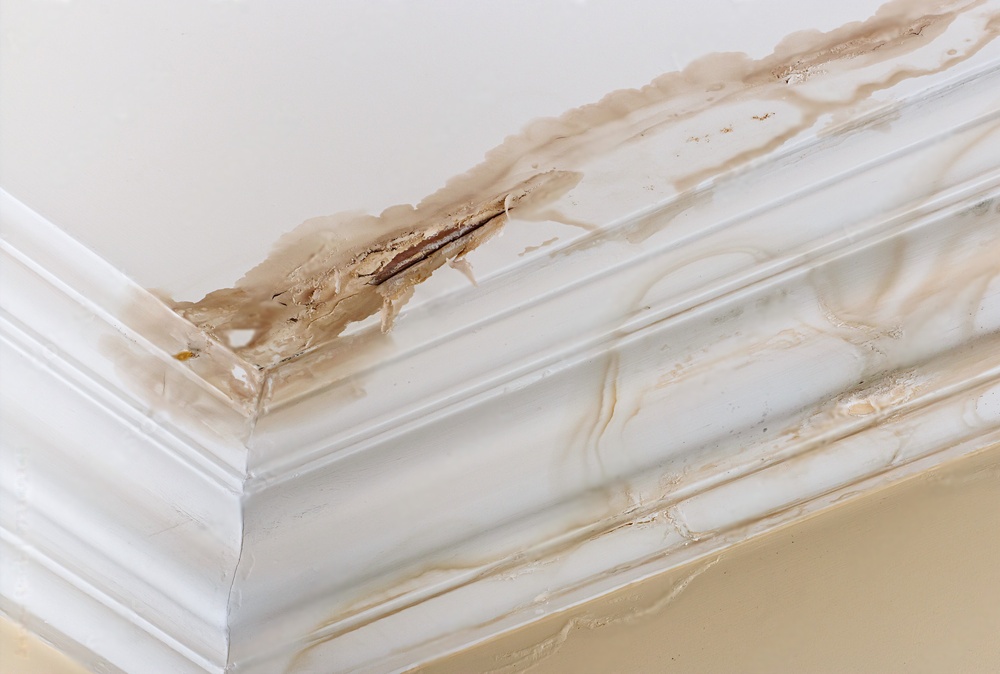Water damage can be a homeowner’s worst nightmare. Whether it’s a burst pipe, a leaking roof, or a flooded basement, water can wreak havoc on your home and cause extensive damage. However, restoring your home after water damage can be an art form with the right knowledge and tools.
The first step in water damage restoration is to assess the extent of the damage. This involves inspecting the affected areas and identifying the source of the water. If the water damage results from a burst pipe or a leaking roof, stopping the water flow before restoration work begins is important. This may require shutting off the main water supply or fixing the source of the leak.
Once the water source has been addressed, the next step is to remove any standing water from the affected areas. This can be done using pumps, wet vacuums, or other water extraction methods. Removing as much water as possible is crucial to prevent further damage and minimize the risk of mold growth.
After the water has been extracted, the drying process begins. This involves dehumidifiers, fans, and other drying equipment to remove any remaining moisture from the affected areas. Proper ventilation is also essential to aid in the drying process. To prevent mold growth and further damage, it is important to thoroughly dry all surfaces, including walls, floors, and furniture.
In some cases, water damage may result in the need for repairs or replacement of damaged materials. This can include drywall, flooring, insulation, and electrical systems. Working with professionals during this stage is important to ensure that all repairs are done correctly and safely.
Once the drying and repairs are complete, it is important to thoroughly clean and sanitize the affected areas. This helps remove any remaining contaminants and prevent mold and bacteria growth. Cleaning may involve using disinfectants, mold inhibitors, and specialized cleaning products to ensure the affected areas are safe and healthy.
In addition to the physical restoration process, addressing water damage’s emotional or psychological effects is important. Dealing with the aftermath of a water disaster can be stressful and overwhelming for homeowners. It is important to seek support from friends, family, or professionals to help navigate the emotional challenges that may arise during restoration.
Preventing future water damage is also a key component of the restoration process. This may involve implementing proactive measures such as regular maintenance of plumbing and roofing systems, installing proper drainage systems, and ensuring that your home is properly insulated. These steps can help minimize the risk of future water damage and protect your home from potential disasters.
Water damage restoration is an art that requires careful planning, knowledge, and expertise. Following the proper steps and working with professionals, you can revive your home after water damage and restore it to its former glory. Remember, the key is to act quickly and efficiently to minimize the damage and prevent further issues. With the right approach, you can turn your water damage nightmare into a success story of home restoration.

